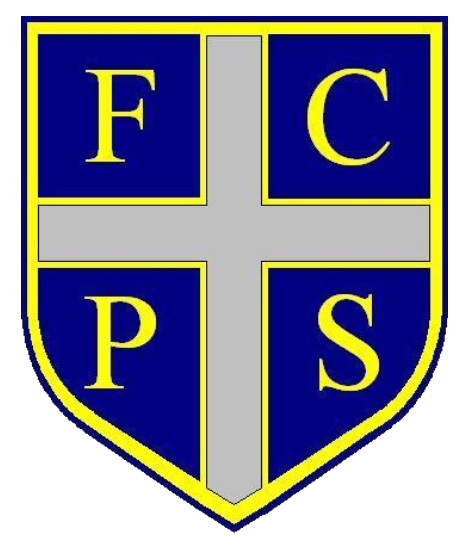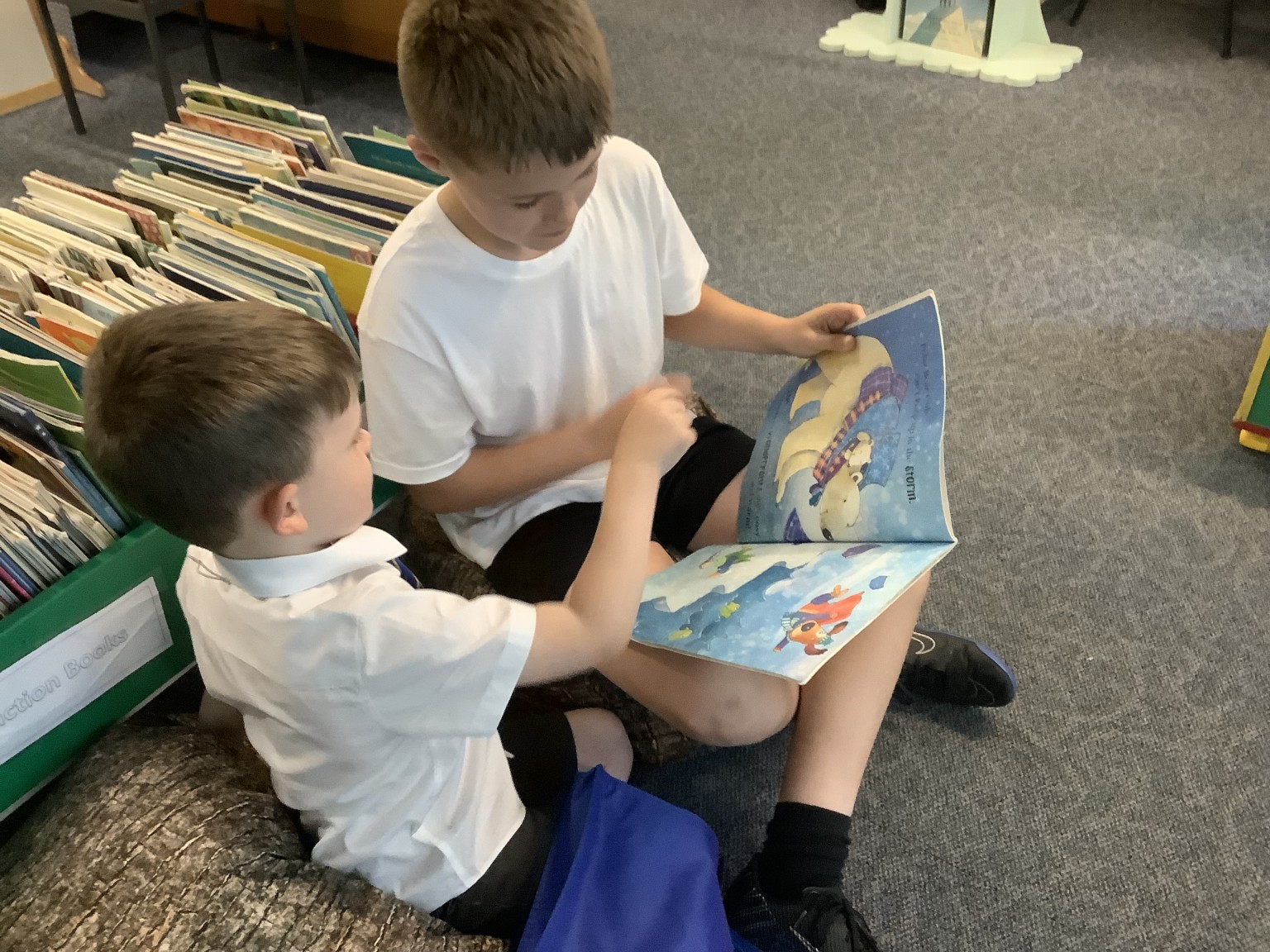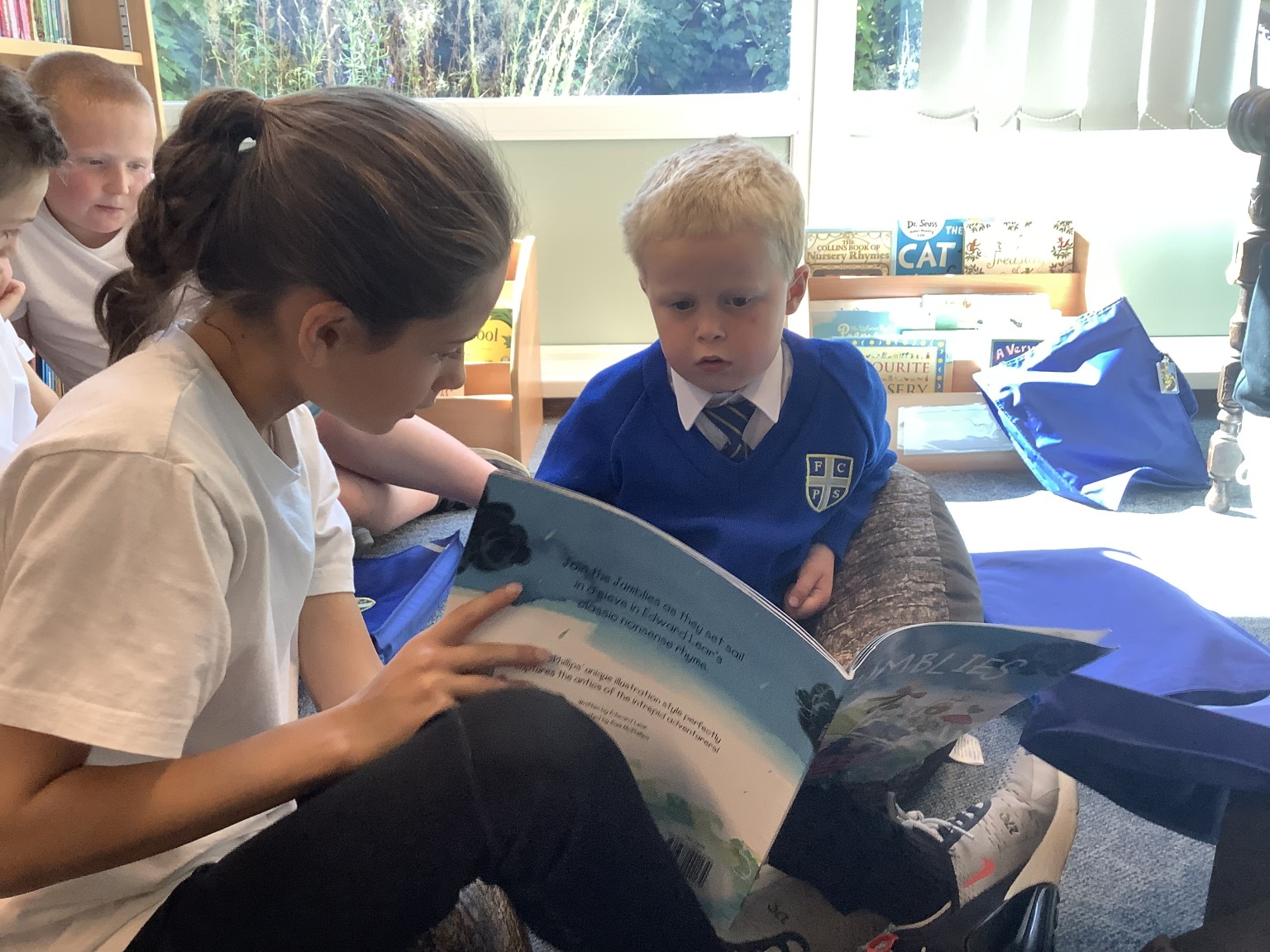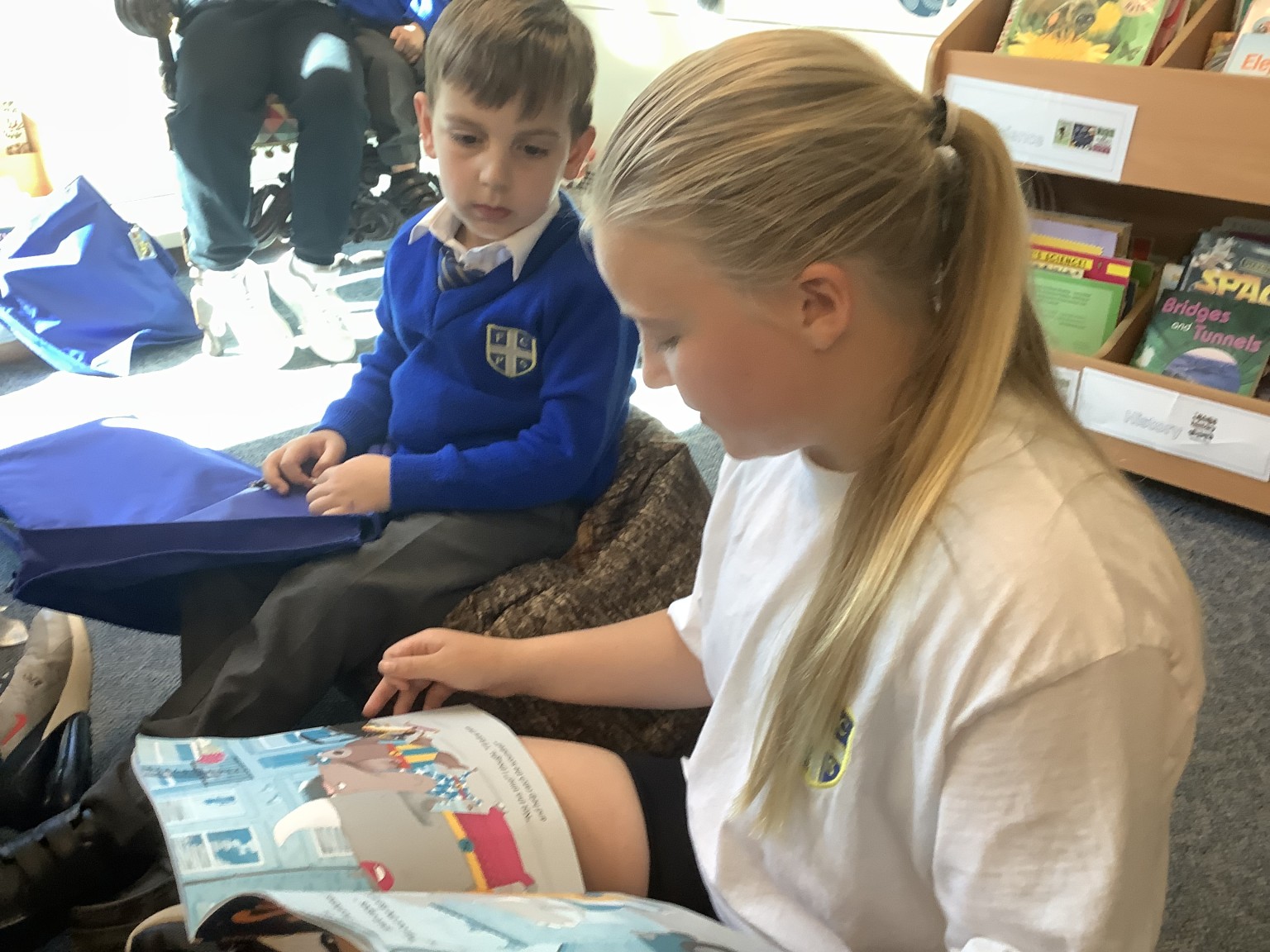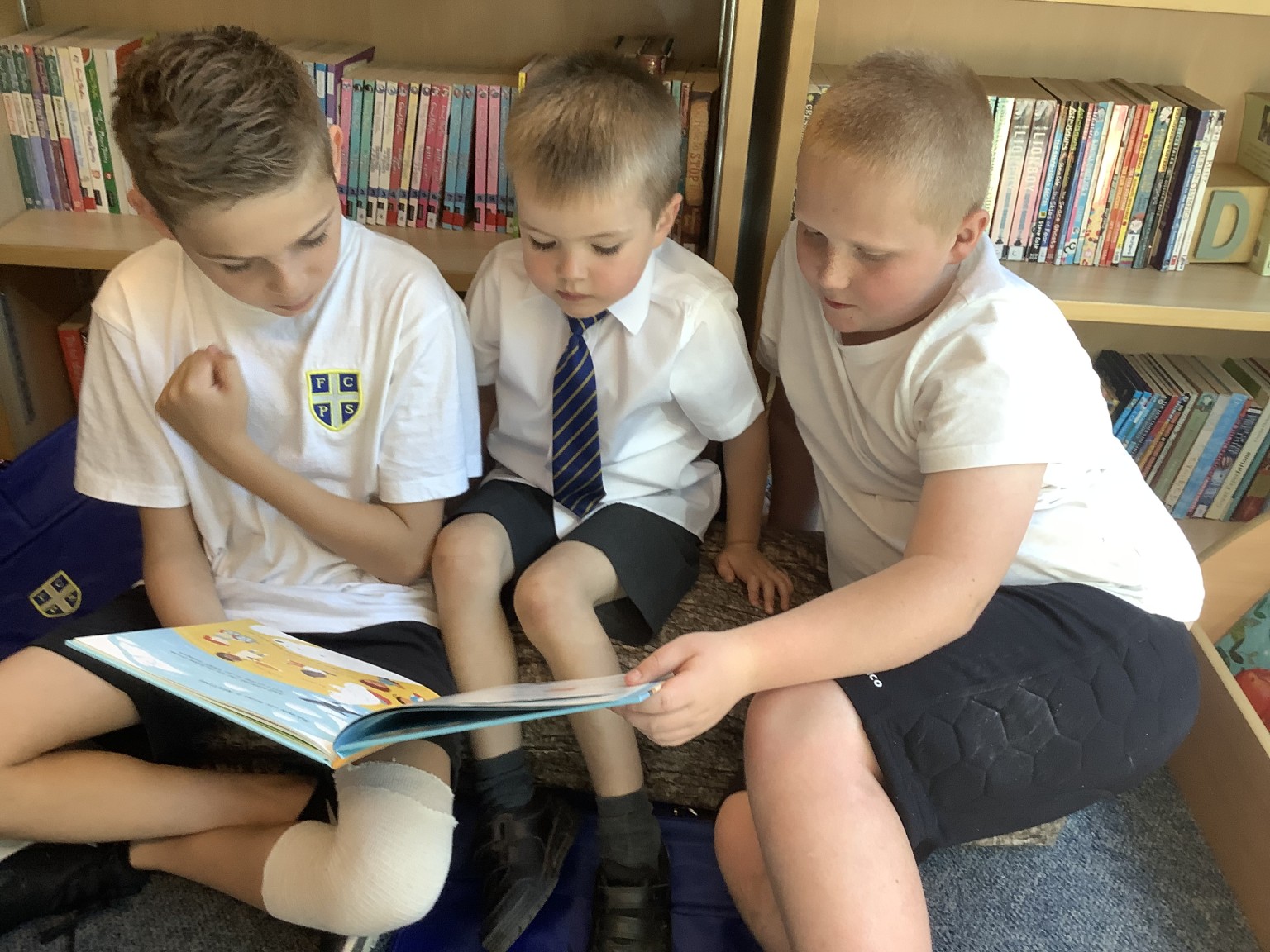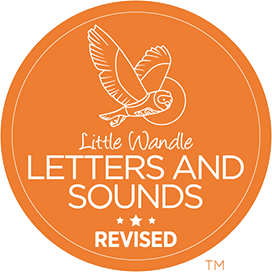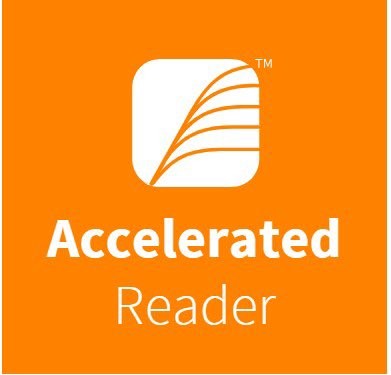Early Reading and Phonics: Little Wandle Letters and Sounds (Revised)
At Fellside we use the Letters and Sounds programme to teach phonics. All our reading books are fully decodable and follow the sequence of our phonic programme. We ensure that the books children read are carefully matched to the letter-sound correspondences they have learnt, enabling them to confidently apply their phonic knowledge.
Phonics is given high priority at Fellside, with daily phonics teaching in Early Years and in Key Stage 1. Children in our Nursery classes take part in small group phonics sessions which lead to proficiency in the discrimination between varieties of founds, ensuring a positive start to their reading careers. Our phonics scheme is delivered using the Letters and Sounds approach, implemented using Little Wandle Letters and Sounds (Revised) – our chosen Systematic Synthetic Phonics (SSP) programme. Children are routinely assessed on their ability to recognise graphemes (letters), to blend and segment phonemes (sounds), leading to development of skill in reading captions and sentences. We provide extra intervention where this needed through early identification of children who may need additional support
At Fellside we aim to foster a lifelong love of reading in our pupils. Adult at Fellside lead by example, modelling enthusiasm for and engagement with books. Reading is a life skill; hence it is a key focus for our children from Nursery to Year 6. Our aims within our reading curriculum are:
- To foster an interest in books and reading for pleasure, including enjoying a wide variety of texts, including fiction, non-fiction and poetry;
- To ensure children can read with confidence, accuracy, fluency and understanding;
- To ensure children become independent readers, transferring their skills across the curriculum;
- To foster the imagination of children, their inventiveness and their critical awareness, as well as to increase both their written and oral vocabulary;
- To prepare children for the next stage in their education.
Use of Accelerated Reader in Key Stage 2
Accelerated Reader is part of the Renaissance Reading software package adopted by Fellside in autumn 2020 to encourage and improve reading, measure growth of the individual reader and to provide quality reading for all. It allows for personalised learning targets to be set up and for progress to be easily monitored. This short guide will help you to understand the system better so that you can support your child with their reading. Children choose a book at their own level and read it at their own pace. When finished, they will take a short quiz on the computer. Passing the quiz is an indication that the child has understood the book. Accelerated reader gives both children and teachers feedback based on the quiz results, which the teacher then uses to help your child set goals and direct ongoing reading practice. Accelerated Reader is used as part of a comprehensive reading programme in place at Fellside Primary School. While we continue to teach the skills of reading in class through guided reading texts and whole class texts, the AR books chosen by your child will provide them with the opportunity to apply the knowledge and skills they have developed. Pupils using Accelerated Reader are encouraged to progress at their own pace and they have personalised targets based on their reading ability. The aim of AR is for all children to succeed in achieving their targets.
Our School Library
Children visit our school library on a weekly basis to select a book from a wide range of appealing and good-quality fiction and non-fiction texts. We encourage children to take these books home to share with parents.
Opportunities for Reading at Fellside
Children read regularly in all areas of the curriculum and in every part of the school day:
- Whole Class Text Study – English lessons are taught through a quality text chosen by the class teacher that supports the Talk for Writing process Children engage in a variety of reading activities through English lessons, each promoting familiarity with and deeper comprehension of the text. This ensures that learners can then embark on a sequence of work which results in a written outcome, often using the text as a stimulus.
- Guided Reading – Teachers and support staff work with small groups of children to teach specific and targeted reading skills with a book that is sufficiently challenging. Such sessions promote decoding, fluency and understanding (comprehension).
- Reading Across the Curriculum– Children read a range of books linked to other areas of their learning. We have a strong focus on ‘reading to learn’ across foundation curriculum areas, with children engaging in wider research, both online and through fiction and non-fiction texts.
- Story Time – Across the whole school, books are read aloud and shared with pupils, helping children to hear fluent and expressive reading, and to nurture a love of books and reading for pleasure.
- Year Six / Reception Buddy Readers - Our Reception / year Six Buddies meet every week to share books in their dedicated "Buddy Read" time.
- Buddy Reader - We have two designated Buddy Readers from Year Five who listen to children in Year One and Two read every week.
